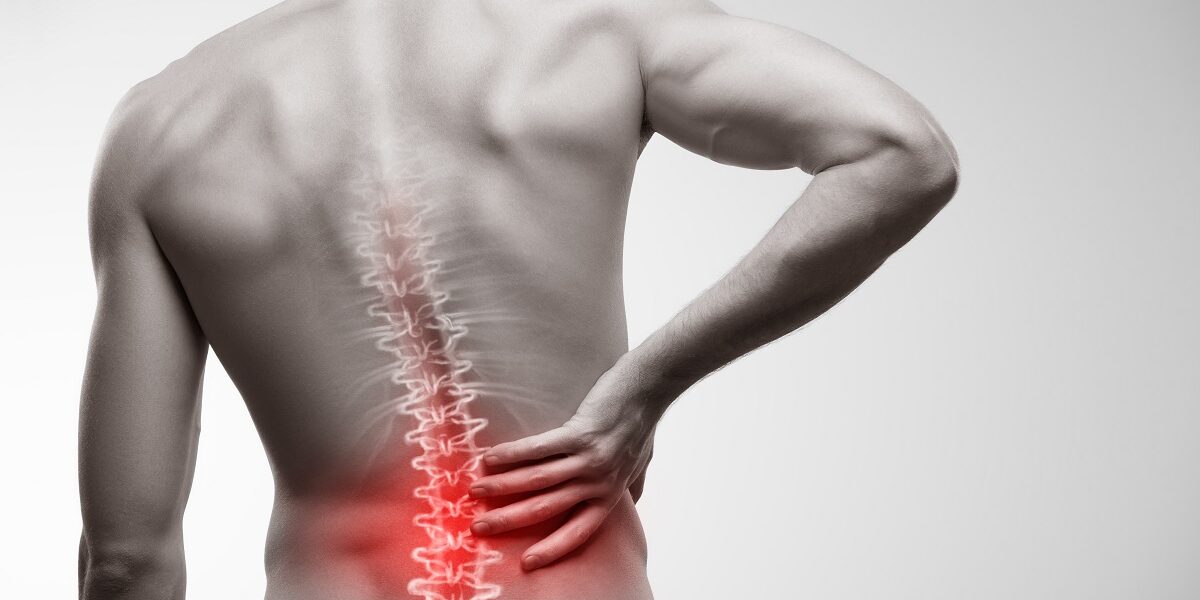Back Pain: What You Need to Know
Back pain is one of the leading causes of individuals seeking medical attention or missing work. Anyone, irrespective of age, gender, or lifestyle, can be affected. Back pain can range from a mild ache to a severe, disabling pain that interferes with your daily activities. In this blog post, we will explore some of the common types, causes, diagnoses, and treatment options for back pain.
What Is Back Pain?
Back pain is a general term that refers to any discomfort or pain in the lower, middle, or upper part of the back. The back is composed of bones, muscles, ligaments, discs, nerves, and other structures that support the body and allow movement. The lower back, also called the lumbar spine, is the most vulnerable to injury and pain because it bears most of the body’s weight and is involved in many activities.
Back pain can be classified into two main categories: acute and chronic. Acute back pain lasts for less than six weeks and is usually caused by a sudden injury or strain. Chronic back pain lasts for more than three months and is often due to an underlying condition or degeneration of the spine.
Common Types of Back Pain
There are many types of back pain, depending on the location, cause, and nature of the pain. Some of the common types are:
• Muscle or ligament strain. This is when the muscles or ligaments in the back are overstretched or torn due to repeated heavy lifting, poor posture, or a sudden awkward movement. This can cause pain, stiffness, spasms, and inflammation in the affected area.
• Bulging or ruptured disc. This is when the soft material inside a disc (a cushion between the bones in the spine) bulges out or ruptures and presses on a nerve. This can cause pain, numbness, tingling, or weakness in the back or leg. However, not all disc problems cause symptoms.
• Arthritis. This is a condition that causes inflammation and degeneration of the joints in the spine. This can lead to stiffness, pain, swelling, and reduced range of motion in the back. The most common type of arthritis that affects the spine is osteoarthritis.
• Spinal stenosis. This is a condition that causes narrowing of the space around the spinal cord or nerve roots. This can put pressure on the nerves and cause pain, numbness, tingling, or weakness in the back or legs. Spinal stenosis is often a result of arthritis or aging.
• Osteoporosis. This is a condition that causes weakening and thinning of the bones in the spine. This can make them more prone to fractures or breaks. A spinal fracture can cause severe pain and deformity in the back.
• Ankylosing spondylitis. This is an inflammatory disease that causes some of the bones in the spine to fuse together. This can limit movement and cause chronic pain and stiffness in the lower back.
What Causes Back Pain?
Back pain can have many possible causes, some of which are more serious than others. Some of the common causes are:
• Injury or trauma. This can include falls, accidents, sports injuries, violence, or lifting something heavy or incorrectly.
• Poor posture or ergonomics. This can include slouching, hunching over a computer or phone, sleeping on a bad mattress, wearing high heels, or carrying a heavy backpack or purse.
• Lifestyle factors. This can include being overweight or obese, smoking, being sedentary, being stressed or depressed, or having poor nutrition.
• Medical conditions. This can include infections (such as kidney infection), tumors (such as spinal tumor), pregnancy (due to hormonal changes and increased weight), kidney stones (due to pressure on the ureter), endometriosis (due to tissue growth outside the uterus), fibromyalgia (a chronic pain syndrome), scoliosis (a curvature of the spine), spondylolisthesis (a slippage of one vertebra over another), spinal infections (such as meningitis), spinal cord injury (due to trauma or disease), cauda equina syndrome (a rare but serious condition that affects the nerves at the base of the spine), and others.
Getting a Diagnosis
If you have back pain that lasts longer than a few weeks, is severe, and doesn’t improve with rest, spreads down one or both legs (especially if it goes below the knee), produces weakness, numbness, or tingling in one or both legs, is associated with unexplained weight loss, or occurs as a result of a fall, blow to the back, or other traumas, You ought to speak with your doctor to get a diagnosis. Your doctor will inquire about your past medical conditions, symptoms, and activities. They will also perform a physical exam to check your posture, range of motion, muscle strength, reflexes, and sensation. They may also order some tests to rule out other conditions or find the exact cause of your back pain. Some Of the common tests are:
• X-ray. This is an imaging test that uses radiation to create pictures of the bones in the spine. It can show fractures, arthritis, or spinal alignment problems.
• MRI. This is an imaging test that uses magnetic fields and radio waves to create detailed pictures of the soft tissues in the spine. It can show disc problems, nerve compression, inflammation, or tumors.
• CT scan. This is an imaging test that uses X-rays and a computer to create cross-sectional pictures of the spine. It can show bone spurs, Narrowing of the spinal canal, or fractures.
• Blood tests. These are tests that analyze your blood sample for signs of infection, inflammation, or any other ailment that may be causing back pain.
• Nerve tests. These are tests that measure how well your nerves function and transmit signals. They can show nerve damage, compression, or irritation. Some examples are electromyography (EMG) and nerve conduction studies (NCS). How Are Back Pain Treated? or any other ailment that may be causing back pain. severity, and duration. The goal of treatment is to relieve pain, improve function, and prevent further injury. Most cases of back pain can be treated with conservative measures at home,
such as:
• Rest. Avoid activities that worsen your pain for a few days, but don’t stay in bed for too long as this can make your muscles stiff and weak. Try to resume normal activities as soon as you can tolerate them.
• Ice and heat. Apply ice packs wrapped in a towel to your back for 15 to 20 minutes several times a day for the first 48 hours after an injury. This can reduce inflammation and swelling. After 48 hours, switch to heat packs wrapped in a towel for 15 to 20 minutes several times a day. This can relax your muscles and increase blood flow to your back.
• Pain relievers. Take over-the-counter medications such as ibuprofen (Motrin, Advil) or acetaminophen (Tylenol) as directed by your doctor to ease your pain and inflammation. Be careful with these medications if you have kidney problems or stomach ulcers, and never take more than the recommended dose without your doctor’s approval.
• Topical products. Apply topical products such as gels, lotions, creams, patches, or sprays that contain ingredients like ibuprofen or lidocaine to your back as directed by your doctor or pharmacist. These products can provide temporary relief from pain by numbing the affected area. If your back pain does not improve with these home remedies within a few weeks, or if it is severe enough to interfere with your daily activities, you may need more aggressive treatment options from your doctor,
such as:
• Muscle relaxants. These are prescription medications that act on the central nervous system to relax your muscles and reduce spasms. They may also help you sleep better if your back pain keeps you awake at night. Some examples are cyclobenzaprine (Flexeril), carisoprodol (Soma), and baclofen (Lioresal).
• Antidepressants. These are prescription medications that affect certain chemicals in your brain that regulate mood and pain perception. They may help you cope with chronic back pain by improving your mood and reducing anxiety and stress. Some examples are amitriptyline (Elavil), duloxetine (Cymbalta), and venlafaxine (Effexor).
• Steroid injections. These are injections of cortisone steroids into the epidural space around your spinal cord or nerve roots. They may help reduce inflammation and relieve nerve-related back pain for several weeks or months. They are usually done under X-ray guidance by a specialist such as an anesthesiologist or physiatrist.



